Browse Our Books
You can browse our books easily with any of the following filters, hover over the filters or their titles to see their descriptions.
Reading Level
Categories
Or you can use quick search or switch to advanced search for better results...
Search Results (Found 4770 results)

Mighty Construction Machines (Crabtree Roots) 

This series features vibrant images and simple text to introduce early readers to different kinds of construction machinery, their parts, and the jobs they do.
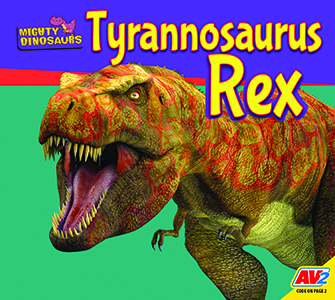
Mighty Dinosaurs
Learn all about dinosaurs, the remarkable reptiles that went extinct millions of years ago, in the Mighty Dinosaurs series.
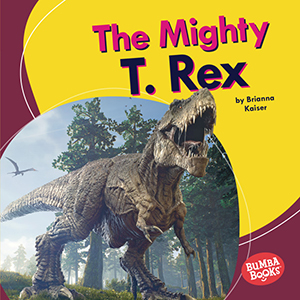
Mighty Dinosaurs (Bumba Books)
Dinosaurs of many shapes and sizes once roamed Earth. Readers will love sinking their teeth into this approachable, informative series about these fascinating creatures from the past.
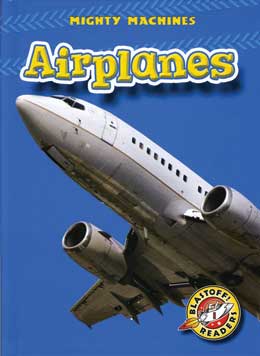
Mighty Machines 
Get revved up for this series about powerful machines. Begining readers will learn the parts of these machines, how they operate, and how they are used for different jobs. The exciting subject matter will have geared up for reading!
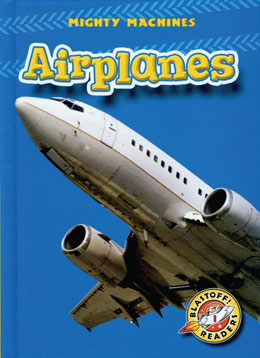
Mighty Machines (Blastoff! Readers: Level 1)
Get revved up for this series about powerful machines. Begining readers will learn the parts of these machines, how they operate, and how they are used for different jobs. The exciting subject matter will have geared up for reading!
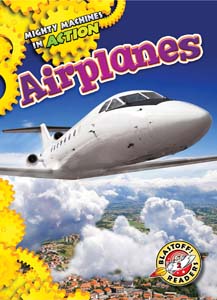
Mighty Machines in Action (Blastoff! Readers: Level 2)
"Ready to work" describes the heavy-duty machines featured in this series. They are made to dig, haul, transport, and rescue, usually with incredible horsepower or speed. Each book in this set is geared up to show young readers the amazing things each mighty machine can do!
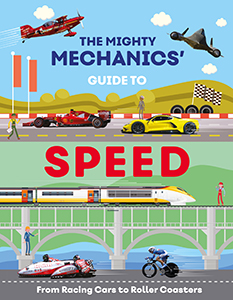
Mighty Mechanics, The 
Dive into the exciting world of machines! From farm equipment and high-speed vehicles to space explorers and more, each book in this series introduces young readers to amazing technology. Guided by the friendly Mighty Mechanics, kids will discover how these powerful machines work, learn about the tech behind them, and see how they shape our world. With striking photos, bold graphics, and loads of fun facts, this series sparks curiosity and a love for discovery. Whether exploring farms, space, or
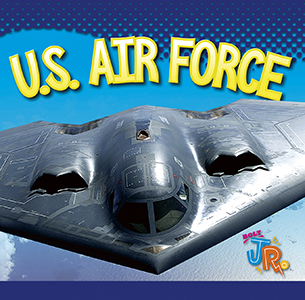
Mighty Military (Bolt Jr.)
A pilot steers her plane over enemy land. A soldier dodges a bullet during battle. Members of the United States’ mighty military work day and night to keep the country safe. With carefully levelled text and age-appropriate content, these nonfiction beginning reader books are full of action-packed photography and fascinating facts.
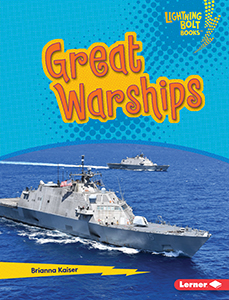
Mighty Military Vehicles (Lightning Bolt Books õ) 
How do submarines move underwater? How do soldiers control drones from miles away? Through exciting photos and accessible text, readers will learn the ins and outs of military vehicles and how they work.
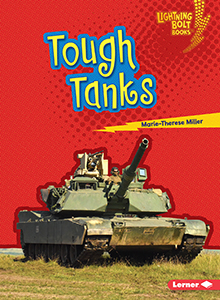
Mighty Military Vehicles (Lightning Bolt Books®) 
How do submarines move underwater? How do soldiers control drones from so far away? Through exciting photos and accessible text, readers will learn the ins and outs of military vehicles and how they work.